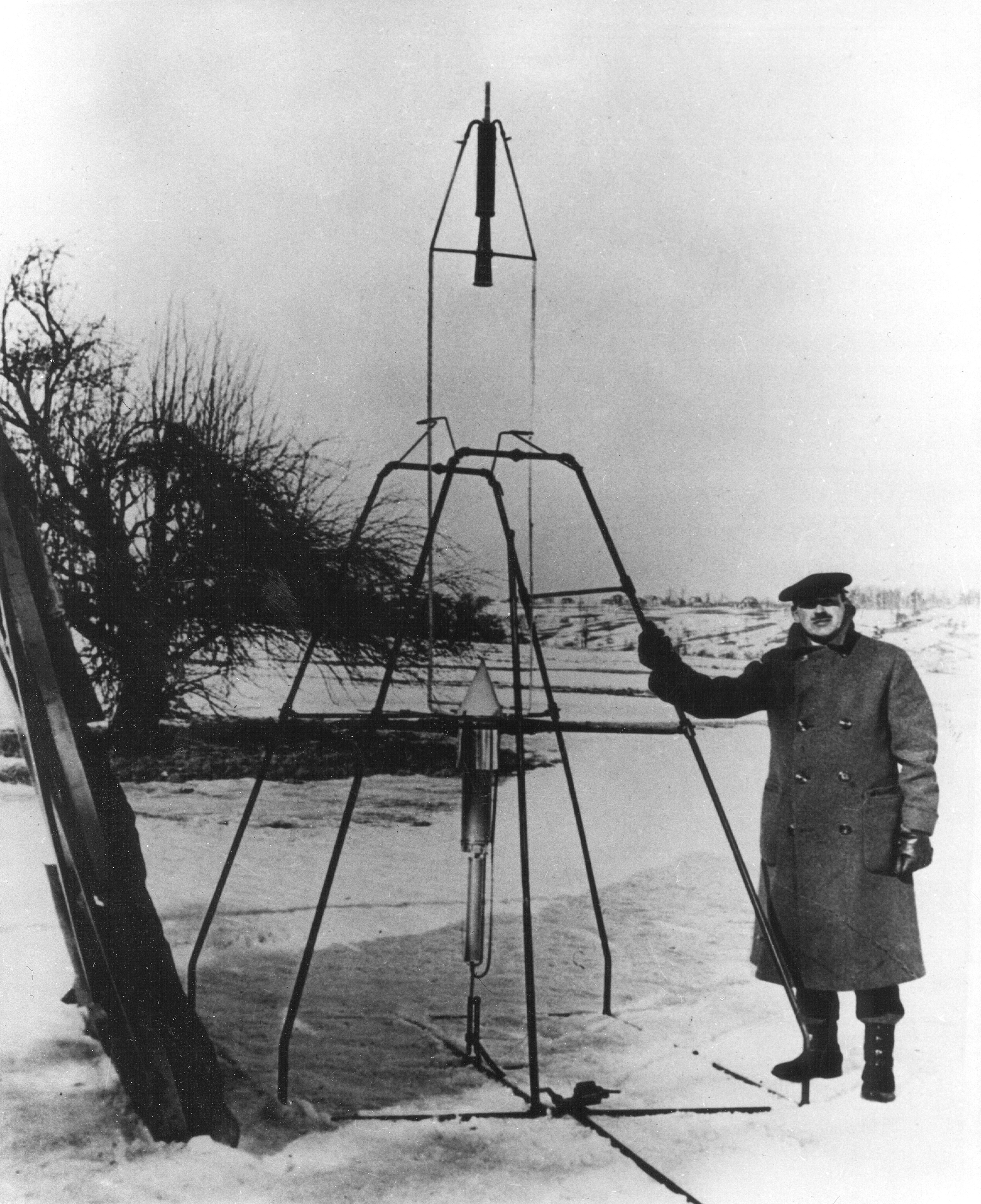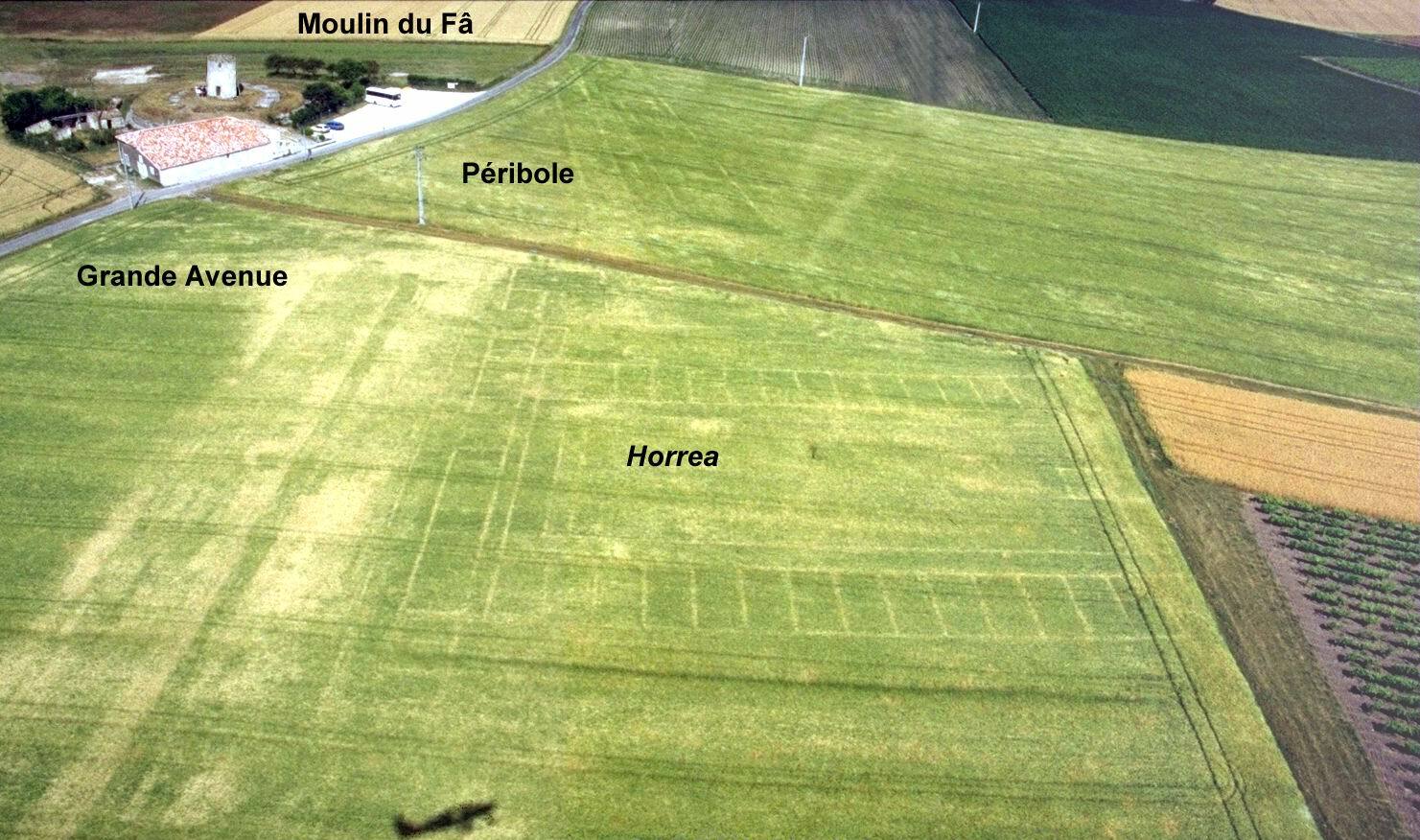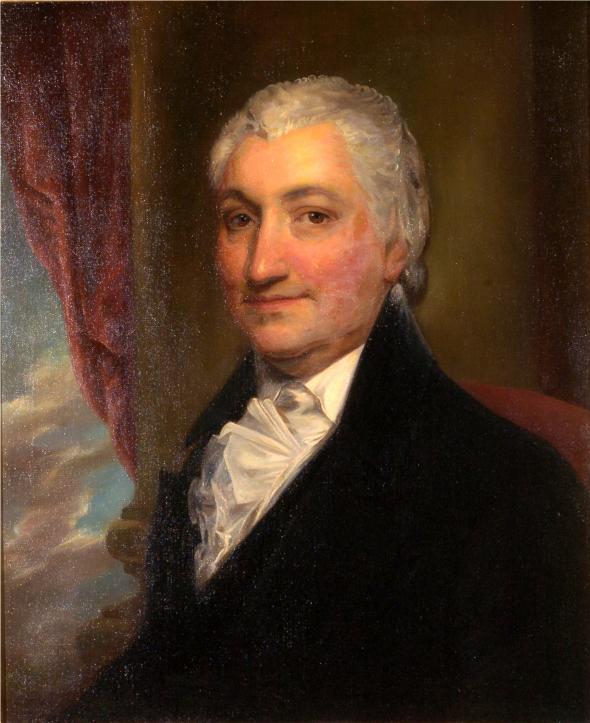|
Philip Brooke Barnes
Philip Brooke Barnes (15 June 1926 – 27 July 2009) was a pioneer of cultural travel who did much to foster understanding of different cultures among more than 80,000 participants who signed up for his tours and the hundreds of scholars and projects he supported over five decades. In 1958, he founded the Association for Cultural Exchange (ACE Foundation), an innovative educational trust which promoted in-depth learning about different cultures. Barnes believed that a deeper understanding others cultures and societies was an essential for improving international relations. A view that was informed from his experience in World War II and the early post-war environment. Biography Early life and education Barnes's father, George Brooke Barnes, died when he was 4, and young Philip, an only child, moved with his mother to Clacton-on-Sea, Essex. In 1939 they were instructed to move to Chelmsford due to the fear of invasion after the outbreak of the Second World War. He began work as ... [...More Info...] [...Related Items...] OR: [Wikipedia] [Google] [Baidu] |
Cultural Travel
Cultural travel is a type of travel that emphasizes experiencing life within a foreign culture, rather than from the outside as a temporary visitor. Cultural travelers leave their home environment at home, bringing only themselves and a desire to become part of the culture they visit. Cultural travel goes beyond cultural exploration or discovery; it involves a transformation in way of life. This definition was first used by Gary Langer as a way of describing travel that requires a "transition" to a new level of understanding of and appreciation for a foreign culture. The term is often distorted and misused by travel agents, tour operators and international tourism organizations. Culture primarily has to do with people and less with places or things. So visiting museums, touring ancient structures, attending festivals, and eating local food does not provide the same experience as becoming a member of the culture itself. . Staying in local accommodations, or homestays, and ... [...More Info...] [...Related Items...] OR: [Wikipedia] [Google] [Baidu] |
Renaissance
The Renaissance ( , ) , from , with the same meanings. is a period in European history marking the transition from the Middle Ages to modernity and covering the 15th and 16th centuries, characterized by an effort to revive and surpass ideas and achievements of classical antiquity. It occurred after the Crisis of the Late Middle Ages and was associated with great social change. In addition to the standard periodization, proponents of a "long Renaissance" may put its beginning in the 14th century and its end in the 17th century. The traditional view focuses more on the early modern aspects of the Renaissance and argues that it was a break from the past, but many historians today focus more on its medieval aspects and argue that it was an extension of the Middle Ages. However, the beginnings of the period – the early Renaissance of the 15th century and the Italian Proto-Renaissance from around 1250 or 1300 – overlap considerably with the Late Middle Ages, conventi ... [...More Info...] [...Related Items...] OR: [Wikipedia] [Google] [Baidu] |
2009 Deaths
This is a list of deaths of notable people, organised by year. New deaths articles are added to their respective month (e.g., Deaths in ) and then linked here. 2022 2021 2020 2019 2018 2017 2016 2015 2014 2013 2012 2011 2010 2009 2008 2007 2006 2005 2004 2003 2002 2001 2000 1999 1998 1997 1996 1995 1994 1993 1992 1991 1990 1989 1988 1987 See also * Lists of deaths by day * Deaths by year {{DEFAULTSORT:deaths by year ... [...More Info...] [...Related Items...] OR: [Wikipedia] [Google] [Baidu] |
1926 Births
Events January * January 3 – Theodoros Pangalos declares himself dictator in Greece. * January 8 **Abdul-Aziz ibn Saud is crowned King of Hejaz. ** Crown Prince Nguyễn Phúc Vĩnh Thuy ascends the throne, the last monarch of Vietnam. * January 12 – Freeman Gosden and Charles Correll premiere their radio program ''Sam 'n' Henry'', in which the two white performers portray two black characters from Harlem looking to strike it rich in the big city (it is a precursor to Gosden and Correll's more popular later program, ''Amos 'n' Andy''). * January 16 – A BBC comic radio play broadcast by Ronald Knox, about a workers' revolution, causes a panic in London. * January 21 – The Belgian Parliament accepts the Locarno Treaties. * January 26 – Scottish inventor John Logie Baird demonstrates a mechanical television system at his London laboratory for members of the Royal Institution and a reporter from ''The Times''. * January 29 – Eugene O'Neill's ... [...More Info...] [...Related Items...] OR: [Wikipedia] [Google] [Baidu] |
Footnotes
A note is a string of text placed at the bottom of a page in a book or document or at the end of a chapter, volume, or the whole text. The note can provide an author's comments on the main text or citations of a reference work in support of the text. Footnotes are notes at the foot of the page while endnotes are collected under a separate heading at the end of a chapter, volume, or entire work. Unlike footnotes, endnotes have the advantage of not affecting the layout of the main text, but may cause inconvenience to readers who have to move back and forth between the main text and the endnotes. In some editions of the Bible, notes are placed in a narrow column in the middle of each page between two columns of biblical text. Numbering and symbols In English, a footnote or endnote is normally flagged by a superscripted number immediately following that portion of the text the note references, each such footnote being numbered sequentially. Occasionally, a number between bracke ... [...More Info...] [...Related Items...] OR: [Wikipedia] [Google] [Baidu] |
Aerial Archaeology
Aerial archaeology is the study of archaeological remains by examining them from a higher altitude. In present day, this is usually achieved by satellite images or through the use of drones. Details Aerial Archaeology involves interpretation and image analysis of photographic (and other kinds of images), in field research to understand archaeological features, sites, and landscapes. It enables exploration and examination of context and large land areas, on a scale unparalleled by other archaeological methods. The AARG (Aerial Archaeology Research Group) boasts that 'more archaeological features have been found worldwide through aerial photography than by any other means of survey'. Aerial archaeological survey combines data collection and data analysis. The umbrella term 'Aerial images' includes traditional aerial photographs, satellite images, multispectral data (which captures image data within specific wavelength ranges across the electromagnetic spectrum) and hyperspectral ... [...More Info...] [...Related Items...] OR: [Wikipedia] [Google] [Baidu] |
Gustaf VI Adolf Of Sweden
Gustav, Gustaf or Gustave may refer to: *Gustav (name), a male given name of Old Swedish origin Art, entertainment, and media * ''Primeval'' (film), a 2007 American horror film * ''Gustav'' (film series), a Hungarian series of animated short cartoons * Gustav (''Zoids''), a transportation mecha in the ''Zoids'' fictional universe *Gustav, a character in '' Sesamstraße'' *Monsieur Gustav H., a leading character in ''The Grand Budapest Hotel'' Weapons *Carl Gustav recoilless rifle, dubbed "the Gustav" by US soldiers * Schwerer Gustav, 800-mm German siege cannon used during World War II Other uses * Gustav (pigeon), a pigeon of the RAF pigeon service in WWII * Gustave (crocodile), a large male Nile crocodile in Burundi *Gustave, South Dakota *Hurricane Gustav (other), a name used for several tropical cyclones and storms *Gustav, a streetwear clothing brand See also *Gustav of Sweden (other) *Gustav Adolf (other) *Gustave Eiffel (other) * * *Gust ... [...More Info...] [...Related Items...] OR: [Wikipedia] [Google] [Baidu] |
University Of Pittsburgh
The University of Pittsburgh (Pitt) is a public state-related research university in Pittsburgh, Pennsylvania. The university is composed of 17 undergraduate and graduate schools and colleges at its urban Pittsburgh campus, home to the university's central administration and around 28,000 undergraduate and graduate students. The 132-acre Pittsburgh campus includes various historic buildings that are part of the Schenley Farms Historic District, most notably its 42-story Gothic revival centerpiece, the Cathedral of Learning. Pitt is a member of the Association of American Universities and is classified among "R1: Doctoral Universities – Very high research activity". It is the second-largest non-government employer in the Pittsburgh metropolitan area. Pitt traces its roots to the Pittsburgh Academy founded by Hugh Henry Brackenridge in 1787. While the city was still on the edge of the American frontier at the time, Pittsburgh's rapid growth meant that a proper university ... [...More Info...] [...Related Items...] OR: [Wikipedia] [Google] [Baidu] |
Ripon College (Wisconsin)
Ripon College is a private liberal arts college in Ripon, Wisconsin. As of fall 2018, the college enrolled around 800 students, the majority of whom lived on campus. Students came from 14 nations and 33 states, 53% were female, and nearly 70% of students were Wisconsin residents. History Ripon College was founded in 1851, although its first class of students did not enroll until 1853. It was first known as Brockway College, named for William S. Brockway, who gave the most, $25, in a fundraising effort. Ripon's first class, four women, graduated in June 1867. The college was founded with ties to local churches, but early in its history the institution became secular. In 1868 formal ties with Presbyterian and Congregational churches were cut, but Ripon would retain some ties to its religious past. During the nineteenth century students were required to attend two church services each Sunday. The first six presidents of Ripon College had clerical backgrounds, as did the p ... [...More Info...] [...Related Items...] OR: [Wikipedia] [Google] [Baidu] |
Clement Attlee
Clement Richard Attlee, 1st Earl Attlee, (3 January 18838 October 1967) was a British politician who served as Prime Minister of the United Kingdom from 1945 to 1951 and Leader of the Labour Party from 1935 to 1955. He was Deputy Prime Minister during the wartime coalition government under Winston Churchill, and served twice as Leader of the Opposition from 1935 to 1940 and from 1951 to 1955. Attlee remains the longest serving Labour leader. Attlee was born into an upper-middle-class family, the son of a wealthy London solicitor. After attending the public school Haileybury College and the University of Oxford, he practised as a barrister. The volunteer work he carried out in London's East End exposed him to poverty, and his political views shifted leftwards thereafter. He joined the Independent Labour Party, gave up his legal career, and began lecturing at the London School of Economics. His work was interrupted by service as an officer in the First World War. In 1919 ... [...More Info...] [...Related Items...] OR: [Wikipedia] [Google] [Baidu] |
Exeter College, Oxford
(Let Exeter Flourish) , old_names = ''Stapeldon Hall'' , named_for = Walter de Stapledon, Bishop of Exeter , established = , sister_college = Emmanuel College, Cambridge , rector = Sir Richard Trainor , undergraduates = 346 (2019/2020) , visiting_students = 26 , graduates = 227 , endowment = £74.5 million (2018) , location = Turl Street, Oxford OX1 3DP , coordinates = , location_map = Oxford (central) , homepage = , boat_club = Exeter College Boat Club , JCR JCR, shield = Exeter College Oxford Coat Of Arms (Motto).svg , shield_size = 150px , blazon = ''Argent, two bends nebuly sable'' (arms of Stapledon) ''within a bordure of the last charged with eight pairs of keys, addorsed and interlaced in the rings, the wards upwards, or''. Exeter College (in full: The Rector and Scholars of Exeter College in the University of Oxford) ... [...More Info...] [...Related Items...] OR: [Wikipedia] [Google] [Baidu] |





.png)
